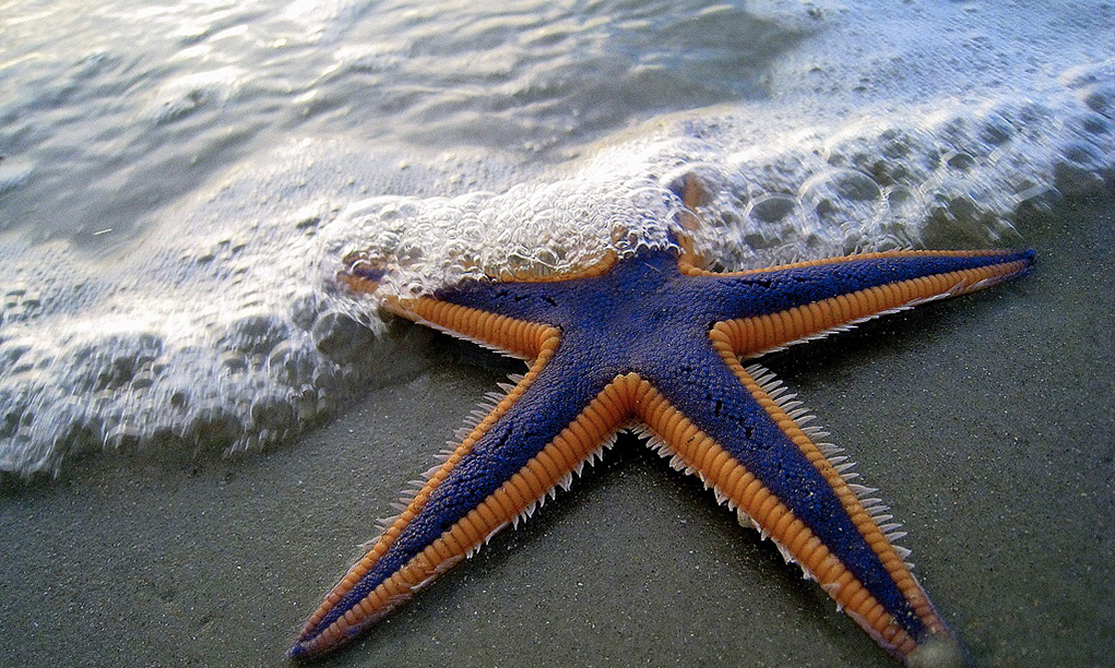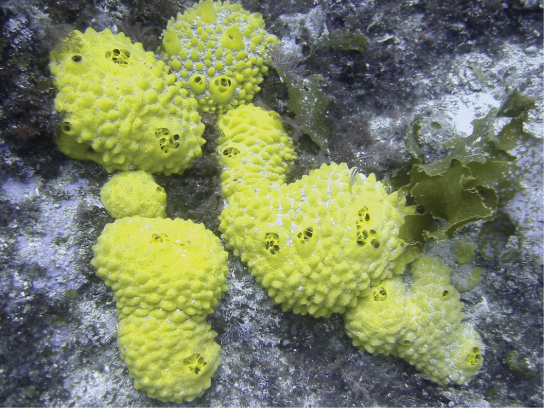| << Chapter < Page | Chapter >> Page > |

A brief look at any magazine pertaining to our natural world, such as National Geographic , would show a rich variety of vertebrates, especially mammals and birds. To most people, these are the animals that attract our attention. Concentrating on vertebrates, however, gives us a rather biased and limited view of biodiversity, because it ignores nearly 97 percent of the animal kingdom, namely the invertebrates. Invertebrate animals are those without a cranium and defined vertebral column or spine. In addition to lacking a spine, most invertebrates also lack an endoskeleton. A large number of invertebrates are aquatic animals, and scientific research suggests that many of the world’s species are aquatic invertebrates that have not yet been documented.
The kingdom of animals is informally divided into invertebrate animals, those without a backbone, and vertebrate animals, those with a backbone. Although in general we are most familiar with vertebrate animals, the vast majority of animal species, about 95 percent, are invertebrates. Invertebrates include a huge diversity of animals, millions of species in about 32 phyla, which we can just begin to touch on here.
The sponges and the cnidarians represent the simplest of animals. Sponges appear to represent an early stage of multicellularity in the animal clade. Although they have specialized cells for particular functions, they lack true tissues in which specialized cells are organized into functional groups. Sponges are similar to what might have been the ancestor of animals: colonial, flagellated protists. The cnidarians, or the jellyfish and their kin, are the simplest animal group that displays true tissues, although they possess only two tissue layers.
Animals in the phylum Porifera ( [link] )represent the simplest animals and include the sponges. All sponges are aquatic and the majority of species are marine. Sponges live in intimate contact with water, which plays a role in their feeding, gas exchange, and excretion. Sponge larvae are able to swim; however, adults are non-motile and spend their life attached to a substratum. Since water is vital to sponges for excretion, feeding, and gas exchange, their body structure facilitates the movement of water through the sponge. Structures such as canals, chambers, and cavities enable water to move through the sponge to nearly all body cells.

The body of the simplest sponges takes the shape of a cylinder with a large central cavity, the spongocoel . Water enters the spongocoel from numerous pores in the body wall. Water flows out through a large opening called the osculum ( [link] ). However, sponges exhibit a diversity of body forms, which vary in the size and branching of the spongocoel, the number of osculi, and where the cells that filter food from the water are located.

Notification Switch
Would you like to follow the 'Bi 101 for lbcc ilearn campus' conversation and receive update notifications?